Masters of Photography Vol. 13 – Australians is now available and we are already on to the next one. This time, Fashion Industry Broadcast goes global. From Seoul to Berlin, “Masters of Photography Vol. 52 – Next Gen” is a carefully-curated selection of emerging artists who we think might be the next big thing. This art book will feature an amazing selection of their work, as well as thought-provoking interviews.
Every week, we will introduce you to one of these new talents. Today, let us take you to Kaliningrad, Russia, to meet up with photographer Mariya Khozanova.
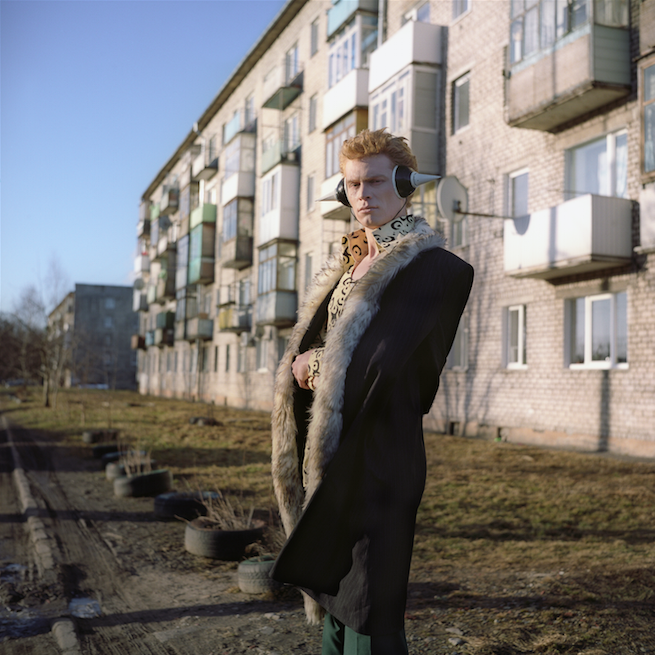
How would you describe your style?
Personally, I prefer analog photo technique to digital photography, but it is hard to completely avoid it nowadays. It is the physical feeling during the processing of analog material that I like. Regarding my style of photography, I see it as poem writing. There is a visual developing of the thoughts and appearance into a photo story.
How and when did you decide to become a professional photographer?
I was not dreaming about being a photographer when I was a child, but when I photographed for the first time, I understood that this was really something for me. So when the time arrive for me to make a decision, it was obvious. For me photography is a way of living and seeing.
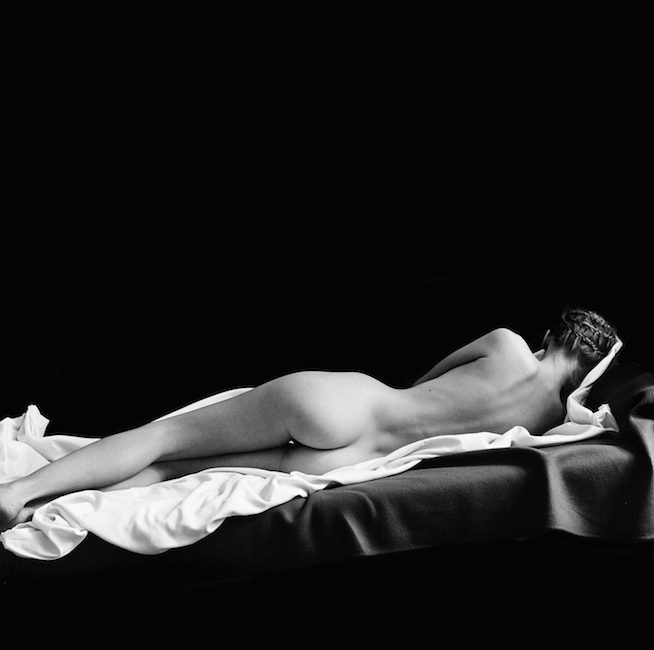
Where do you find inspiration?
My main inspiration is life, people around me, hidden beauty of ordinary things and the uncatchable matter of time.
Who are your favourite photographers of all time and why are they so special to you?
It is Sally Mann and Masao Yamamoto. I am fascinated by their aesthetics and philosophy of image making..
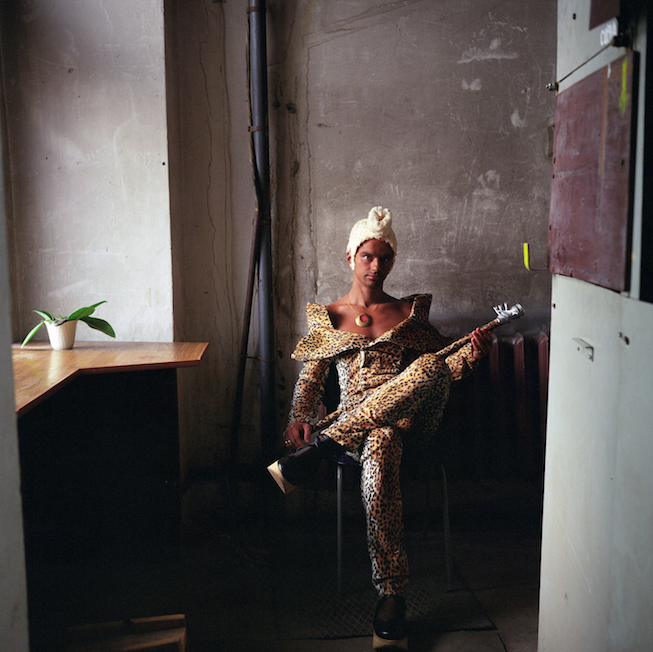
This art book features photographers from the entire world and each of them has a very specific identity. How do you think your geographic location affects your work?
I was born in the USSR, living in Russia, but my hometown, Kaliningrad, is known as the former East-Prussian city Königsberg. This place is full of artifacts of the past, which are covered with the dust of the present. Our existing environment in Kaliningrad was built on an unstable base of Soviet culture, which was trying to strike its roots deep into the old German soil. All those facts and feelings had a huge impact on me and my photography. This trained my eyes to see beauty in areas where it is almost impossible to find.
If you could move to any city in the world, where would you like to live and work as a photographer?
I like to live where I am right now.
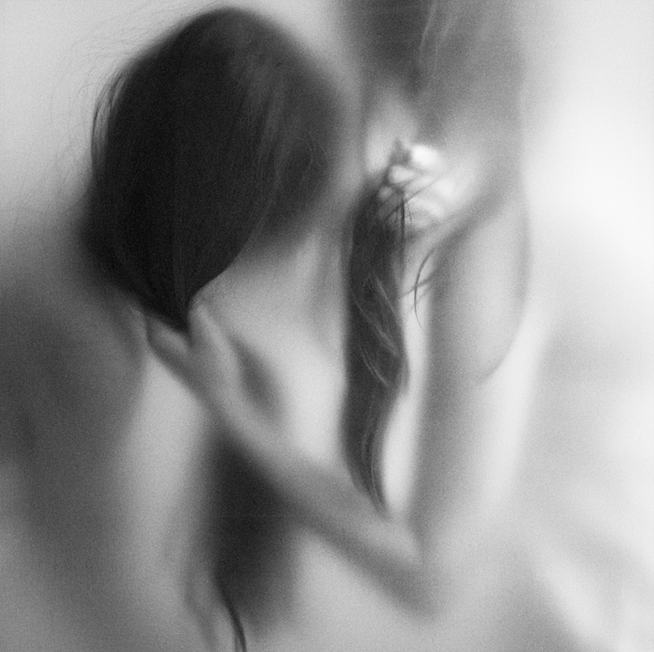
What are you five dream locations to shoot?
I am not dreaming about specific locations – I am dreaming that I will always have topics and thoughts to bring to life.
How would you describe the photography industry in your country? What are the chances for a young artist to ‘make it’ and become global?
Russia, with its eleven time zones, has a huge variety of different kinds of photography. Even though Kaliningrad is a part of Russia, it remains an enclave within Europe. Kaliningrad by itself is an influenced place, because of its history and geographical location. Looking beyond the borders is something natural and through the developing of the Internet, your location defined by physical borders is not playing its important role anymore. We are becoming much more universal.
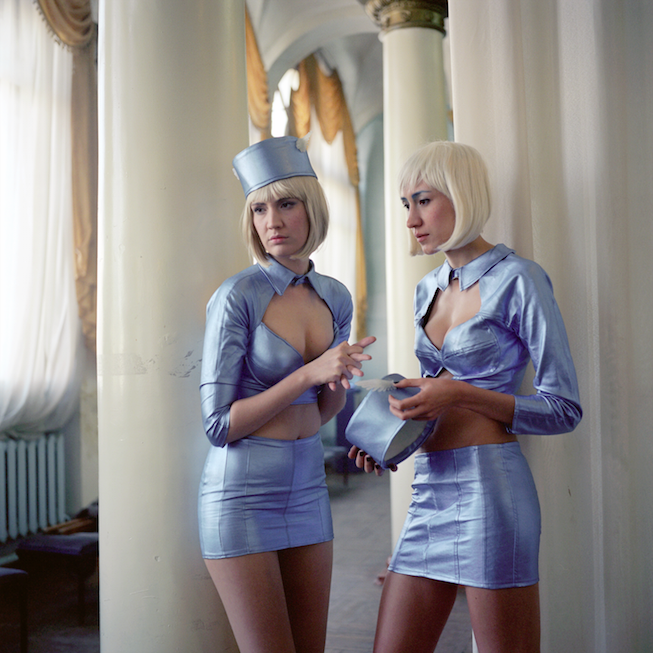
As a young photographer, you have been part of a big switch in the industry. Indeed, photography today is much more democratised than a few decades ago. Everyone can have access to retouching programs, publishing sites and good cameras. What are your thoughts on the evolution of the industry and the impact it has on your work?
We are very lucky to have so many different opportunities; there is much more freedom. You can simply choose the type of photography you want to be known for.
A lot of young photographers got discovered thanks to their Tumblr or Instagram account. What is your relationship with social media platforms?
I like to see my photos physically printed on paper and presented on the walls, but I also have my website, which I am keeping up-to-date. I like it very much when somebody discovers my artworks online and posts about it, because for me it is another form of feedback.
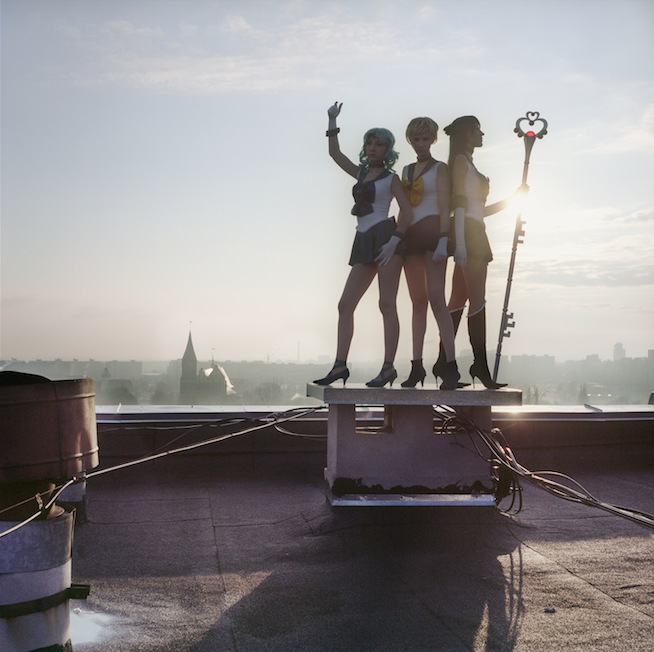
Post manipulation has been long debated, especially in commercial and fashion photography. How much do you retouch your images and what is your opinion on the whole body image debate?
I am still photographing analog, I think it speaks for itself.






